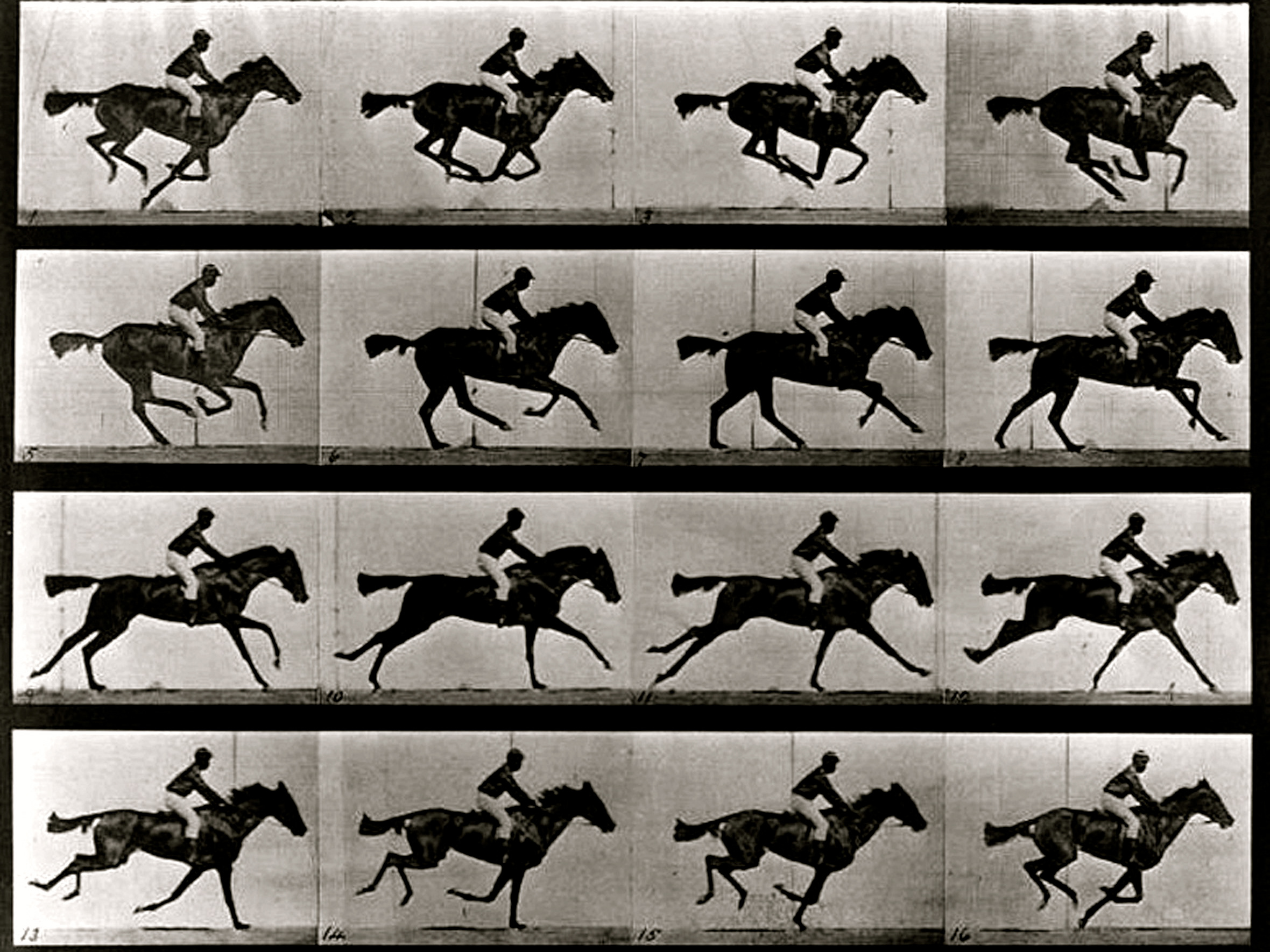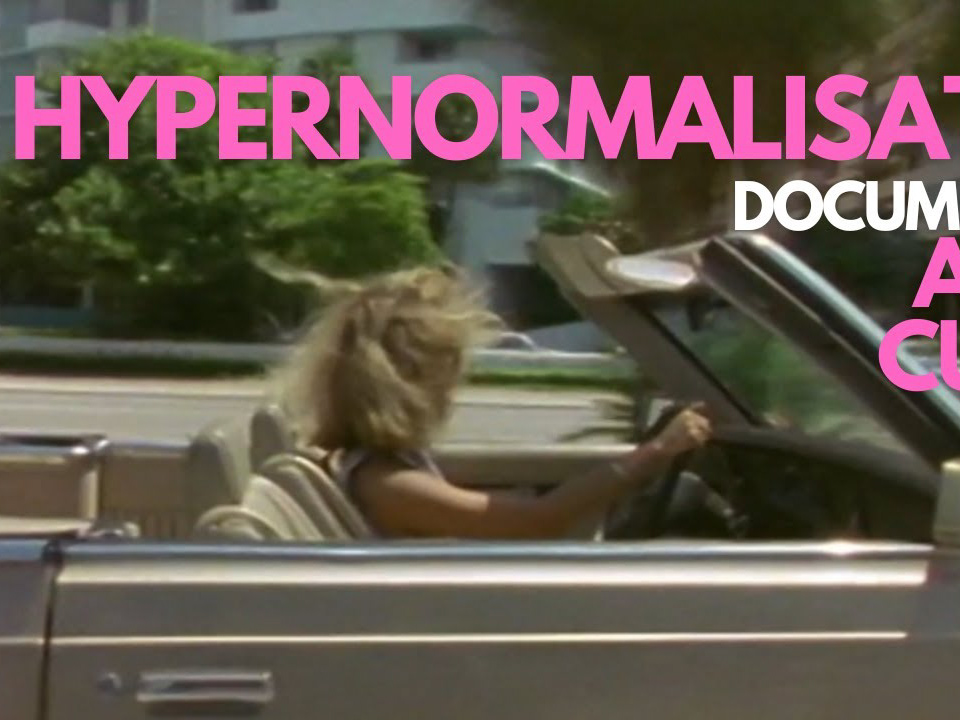"In Platos Cave" by Susan Sontag
Photography structures how we grasp and understand the world around us heavily. As we can now interact with many things in our life from a distance rather than having a direct experience and we often don’t even realize it. We feel as if we have seen things that we haven’t ever actually experienced. Ultimately photography poses good and bad for the world according to Sontag. The good: photography makes it possible for more people to see and access things, places and people far away. Photography is great for capturing and archiving memories, and it is also great for Artistic Expression as well as storytelling. The negatives: photography can create a detachment from reality in which photography makes people feel familiar with things that they themselves haven’t experienced. Passive consumption meaning people don’t actively experience the world around them as much because we are allowed to become spectators through photography. And lastly photography can cause emotional desensitization because of continuous exposure to pain and suffering.
We see what Sontag was talking about with the dangers of photography very much in today’s world as images have never been so widespread and powerful. TikTok Twitter and social media as a whole has shaped the world around us. Changing how we see things, feel about things, and it can even change our personal beliefs, without genuine experience . With phones at our fingertips, we are practically able to capture anything, anytime, anywhere and this gets shared to the world, we are recording and capturing more and as a result also experiencing less of the world for ourselves. You can go on TikTok and see images of suffering, brutality, war, and tragedy, yet it has become so normal for us to see these horrific things that the wide circulation of them has little to no impact on it, as we just continue to scroll after seeing these things naturally. “The vast photographic catalogue of misery and injustice throughout the world has given everyone a certain familiarity with atrocity, making the horrible seem more ordinary - making it appear familiar, remote (“it's only a photograph''), inevitable.” What Sontag wrote about in her 1977 piece is scarily spot on to the world that we live in. With images being more present and integral in our lives than ever before, this idea of mindless consumption poses dangers of us becoming even more confined in what Sontag deems the ‘cave’ letting images replace real experience and understanding.




